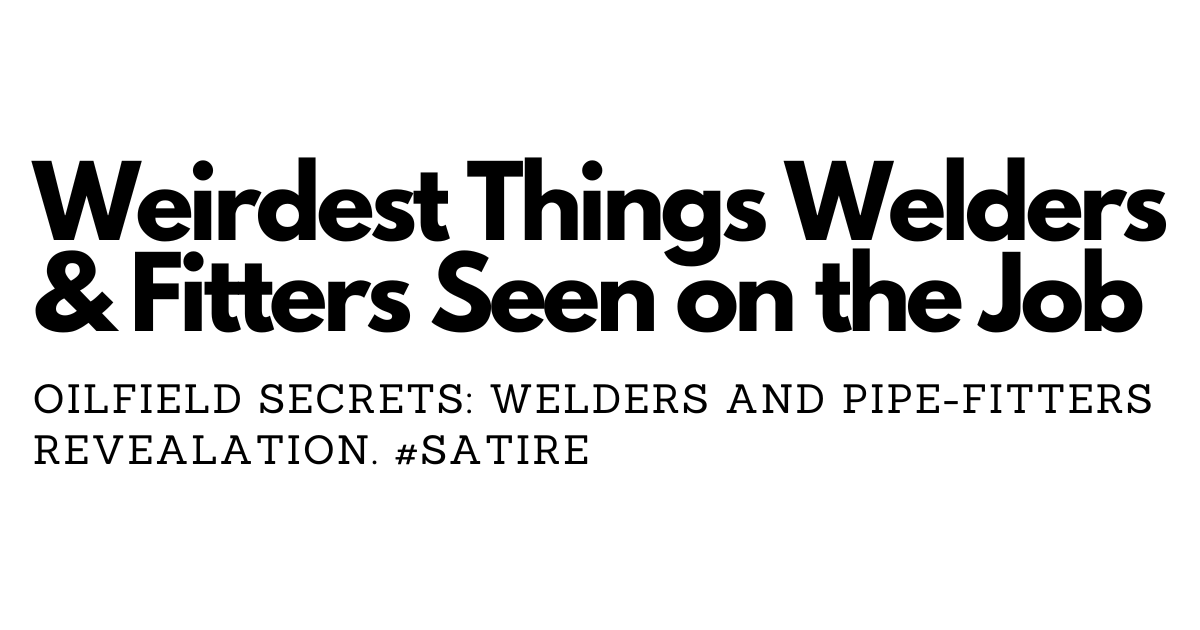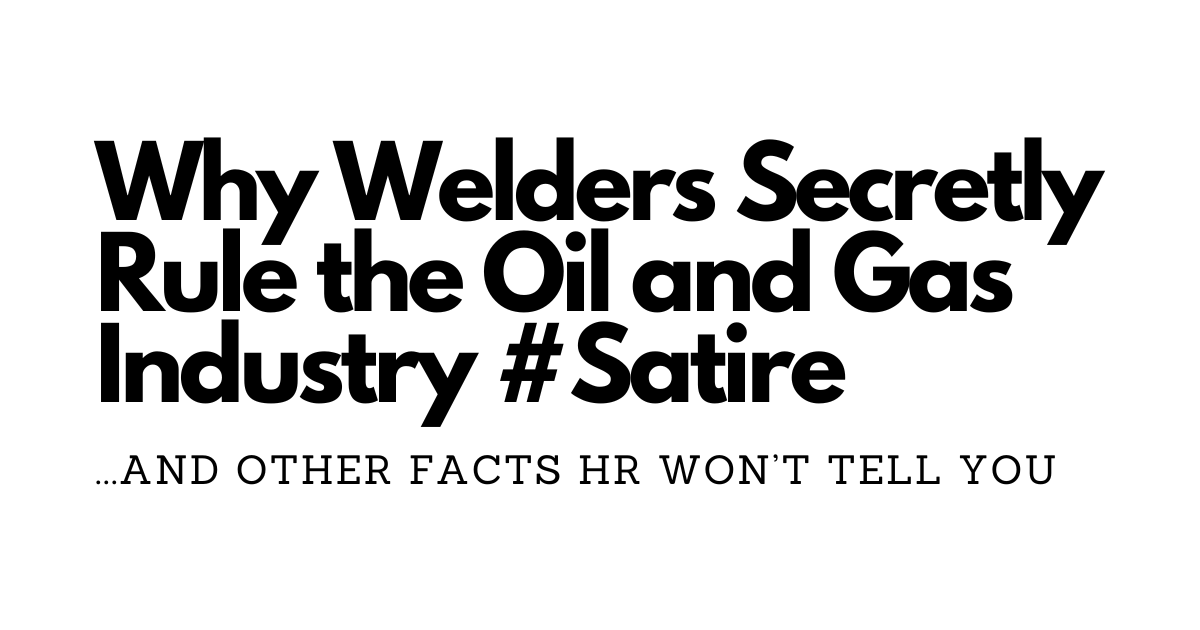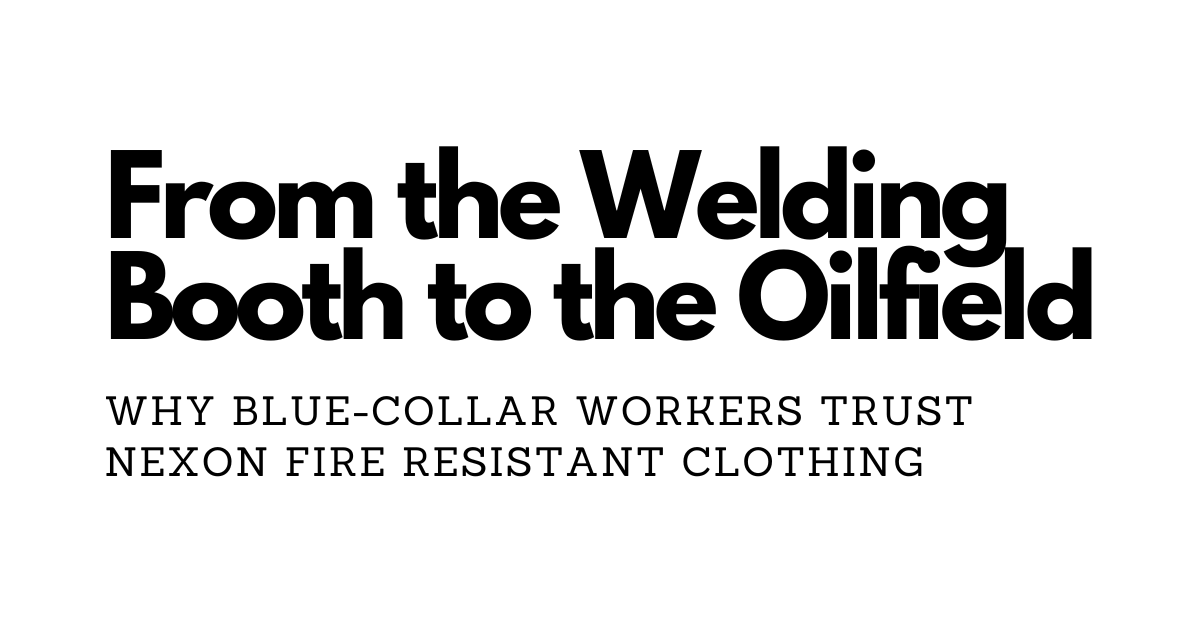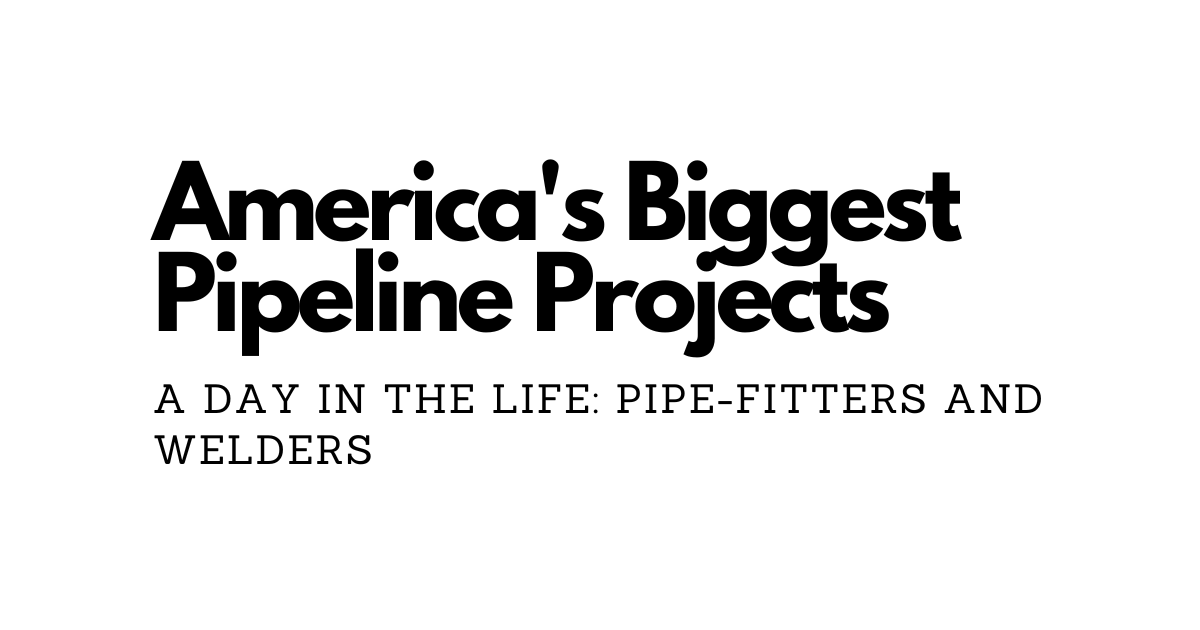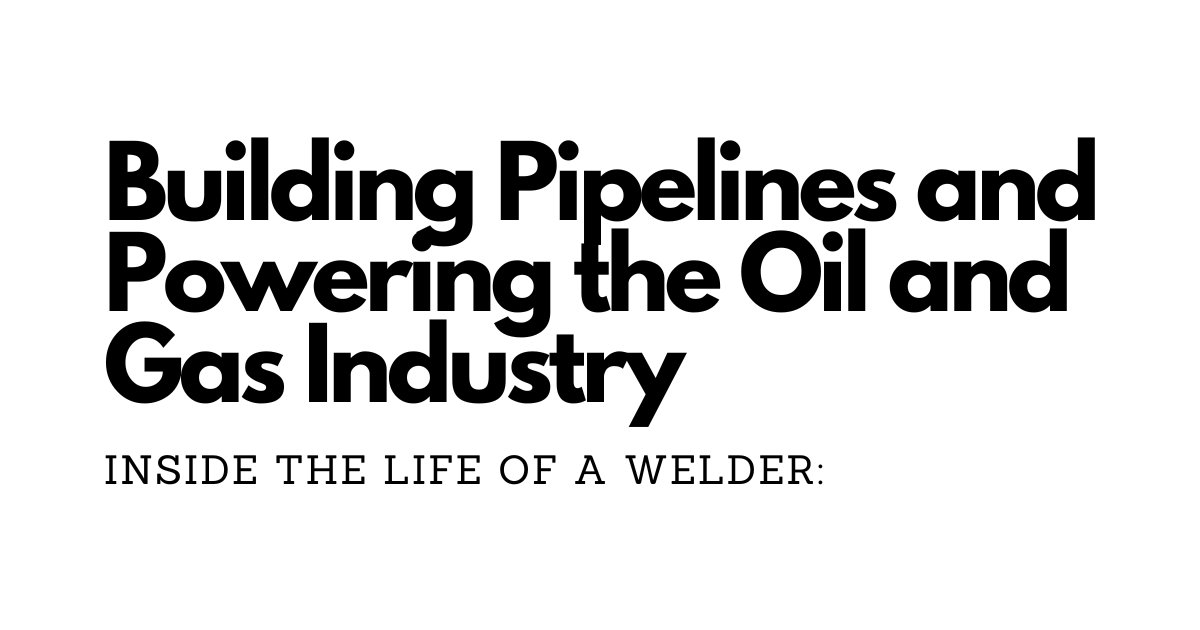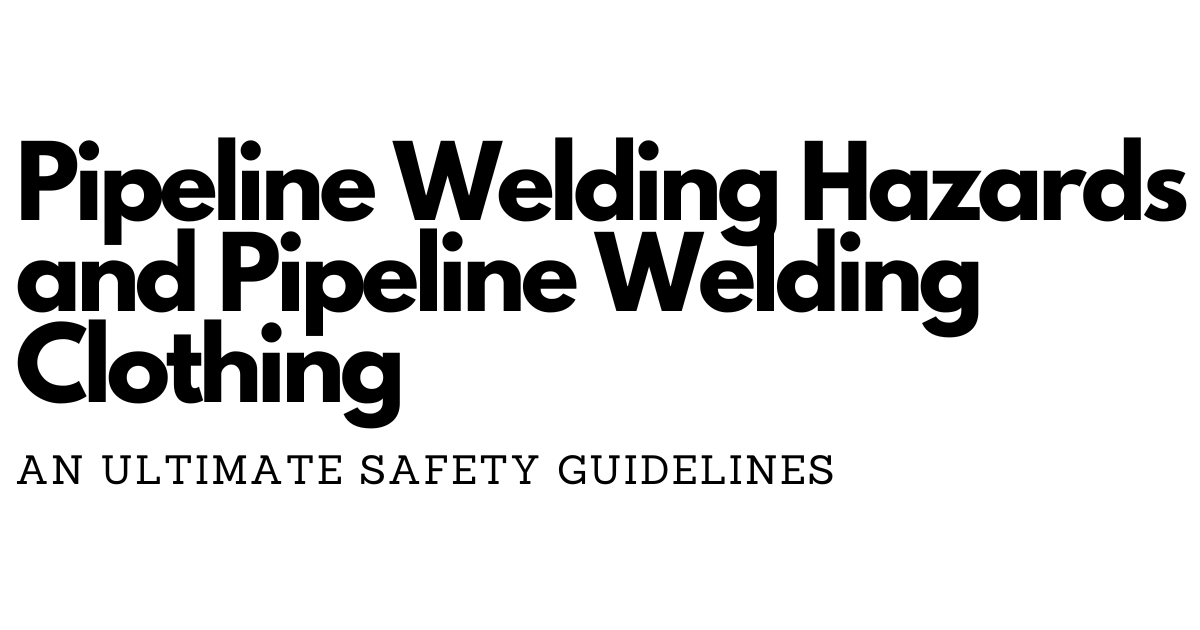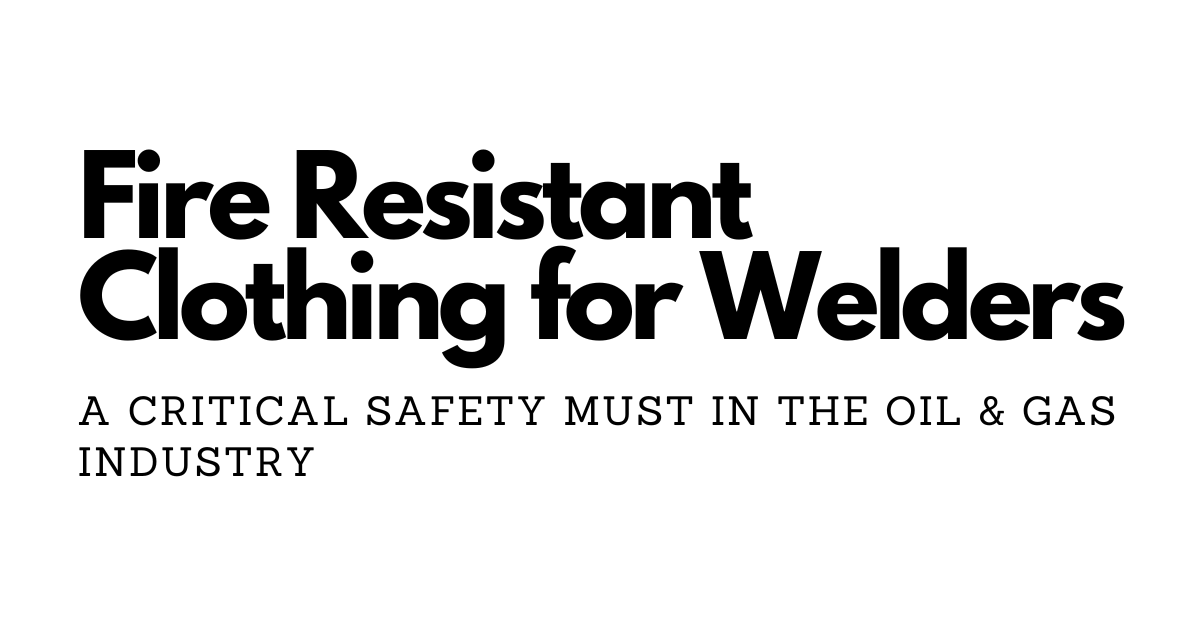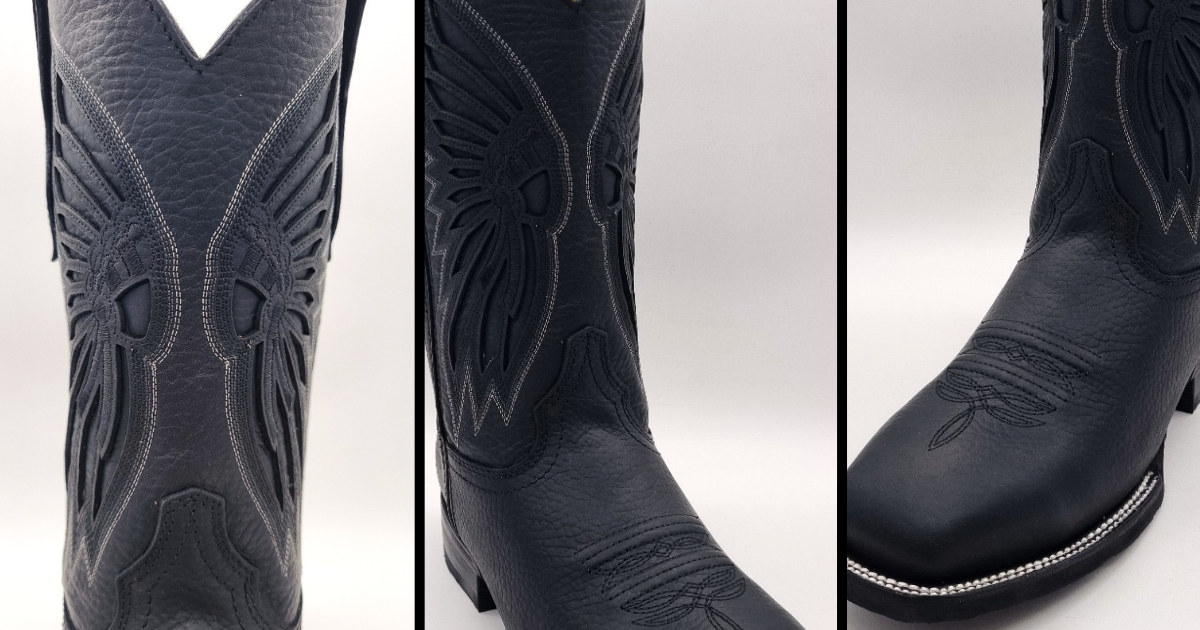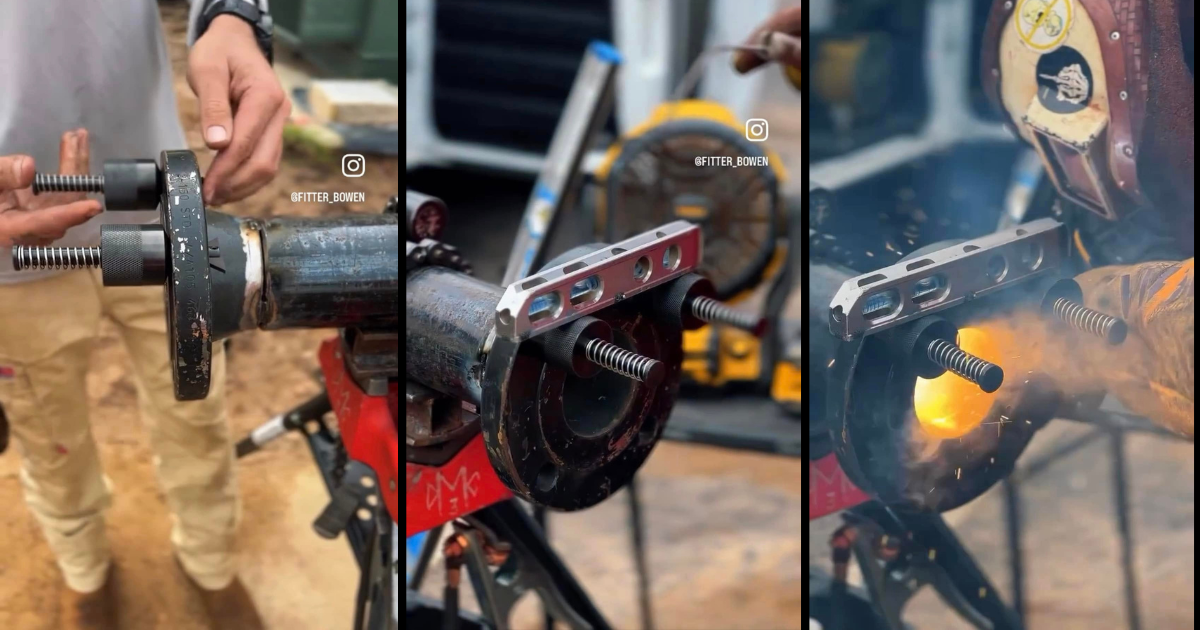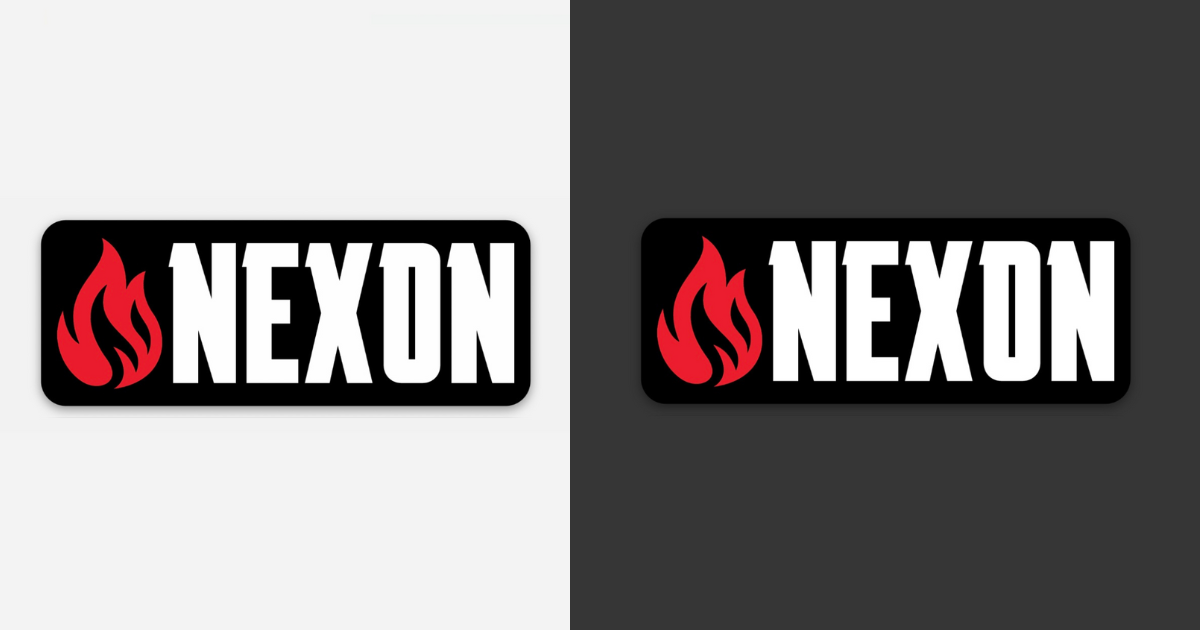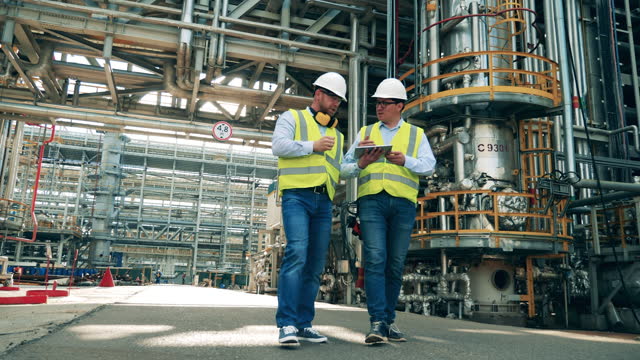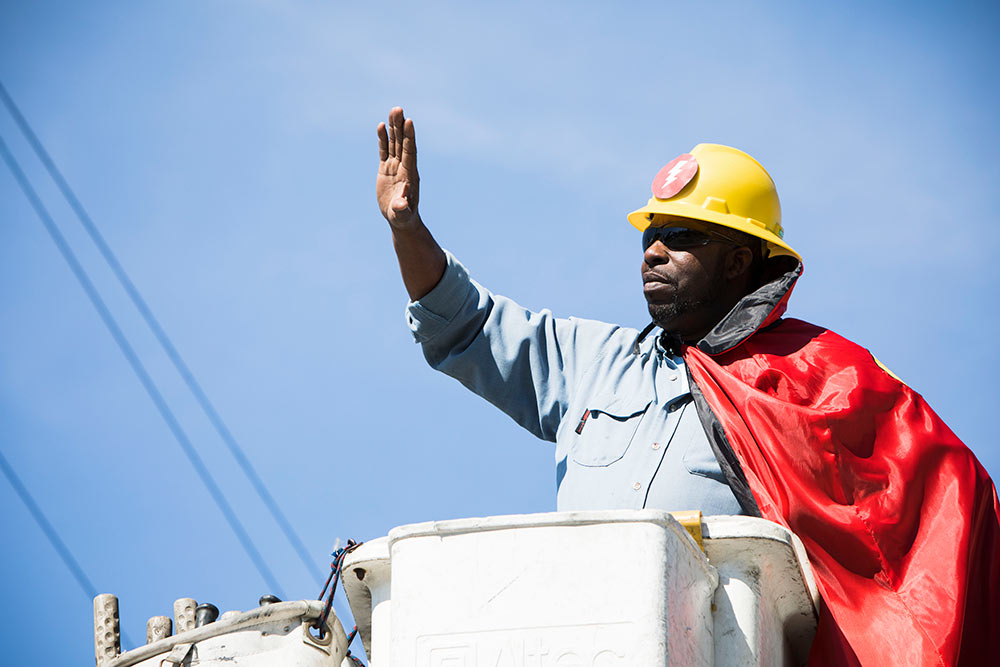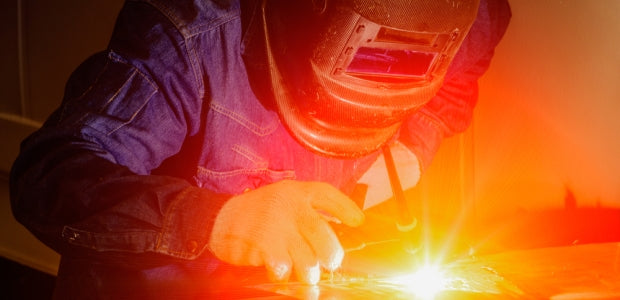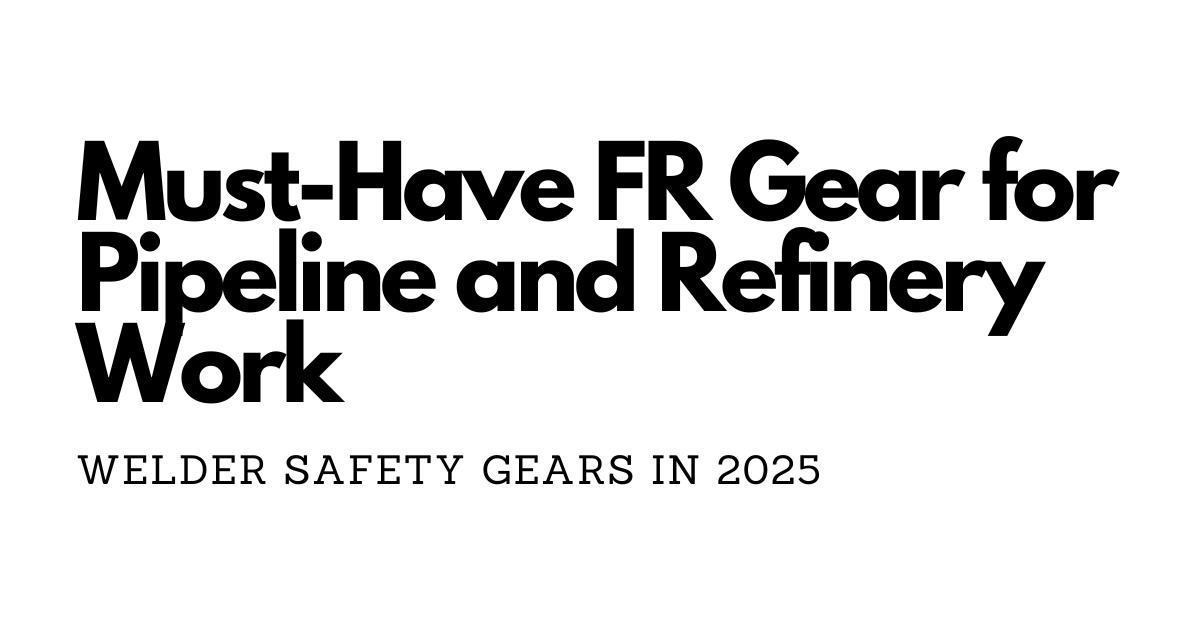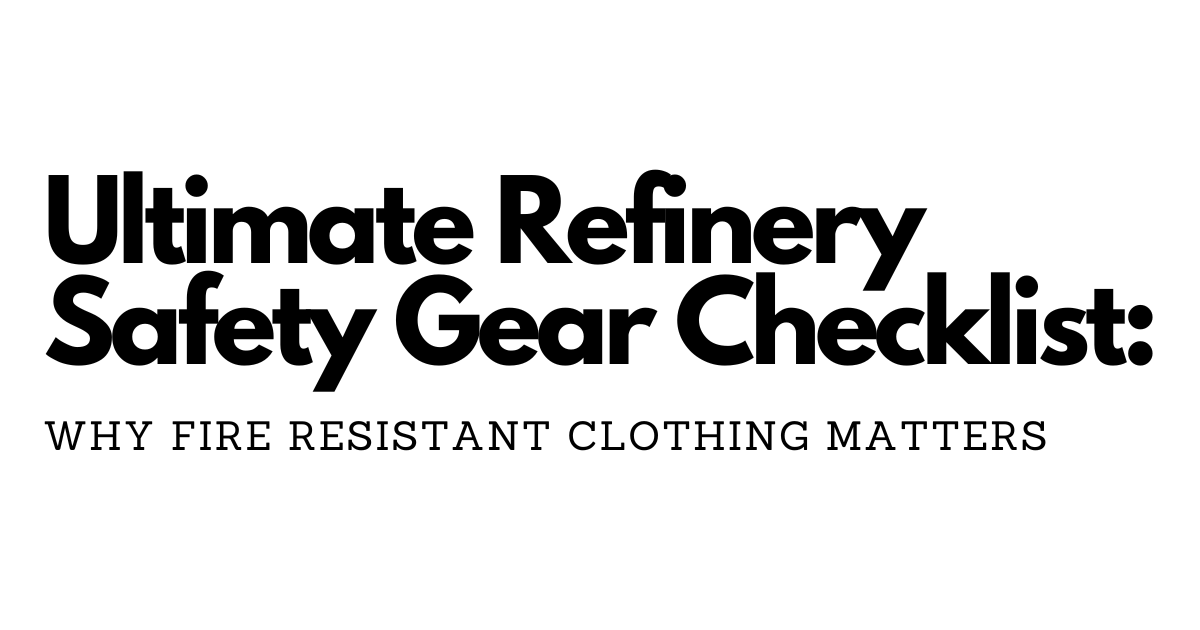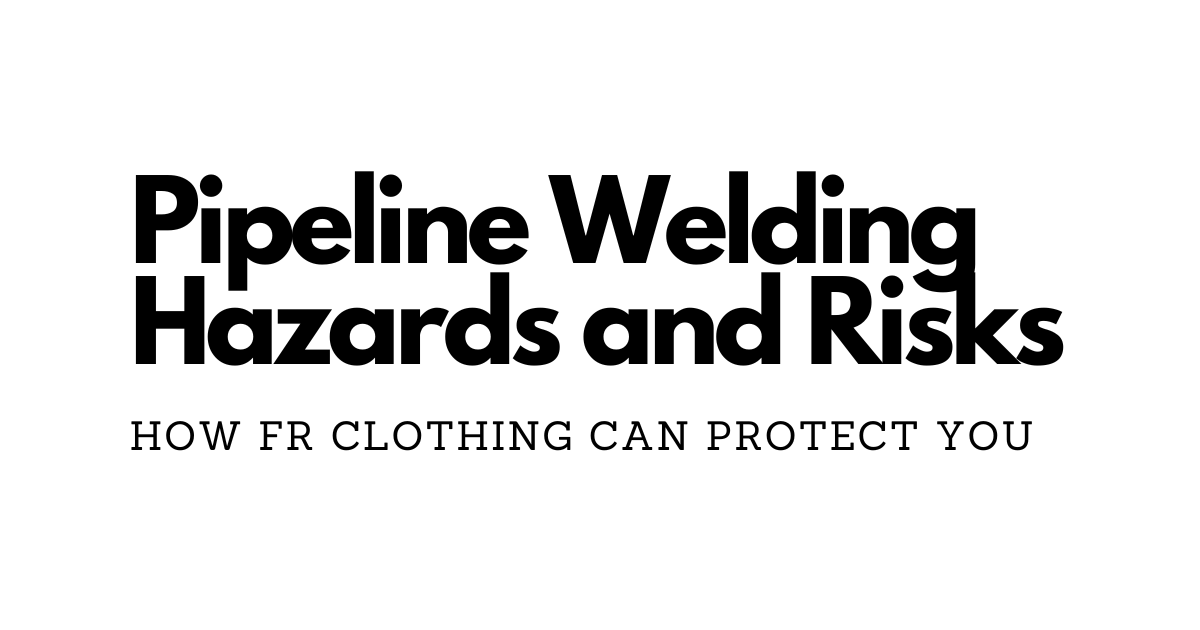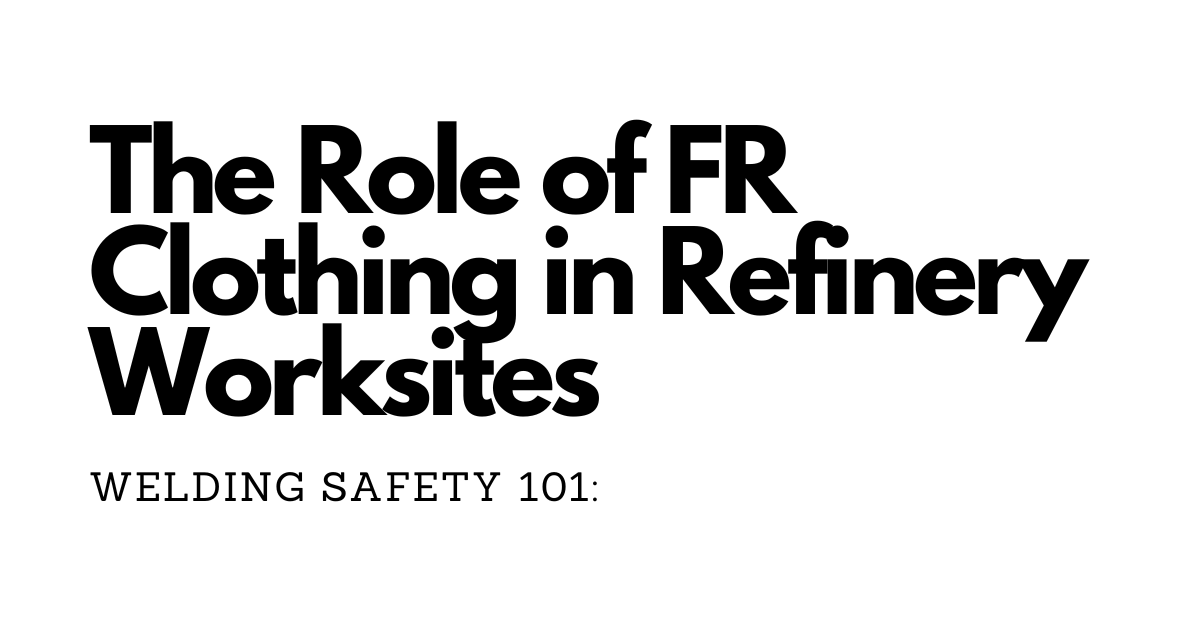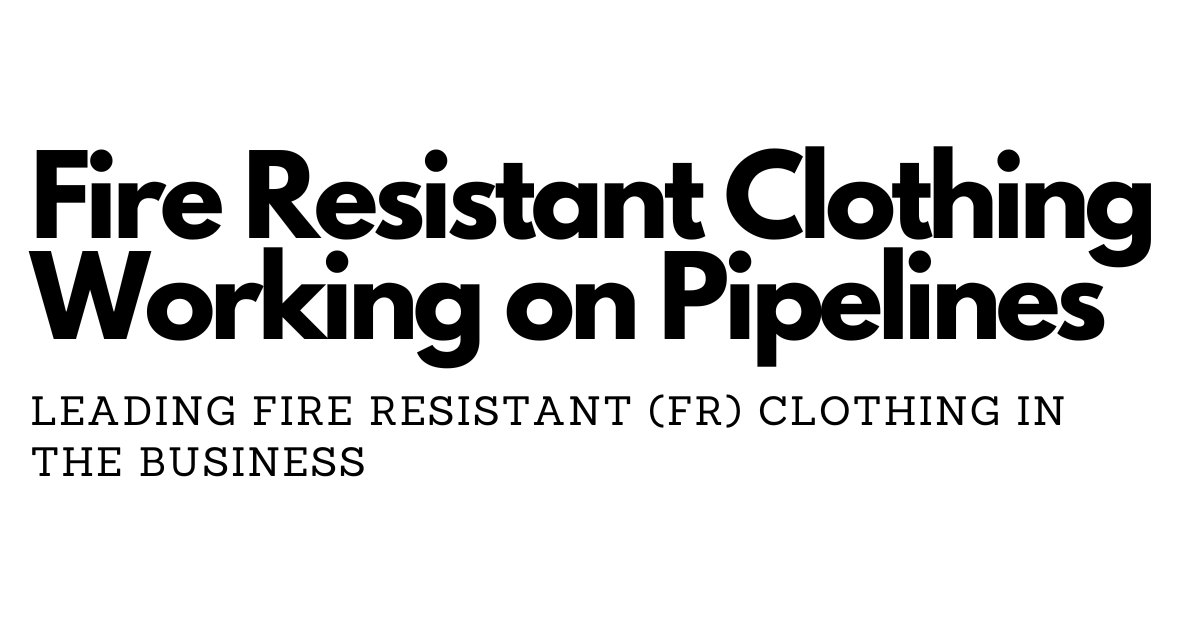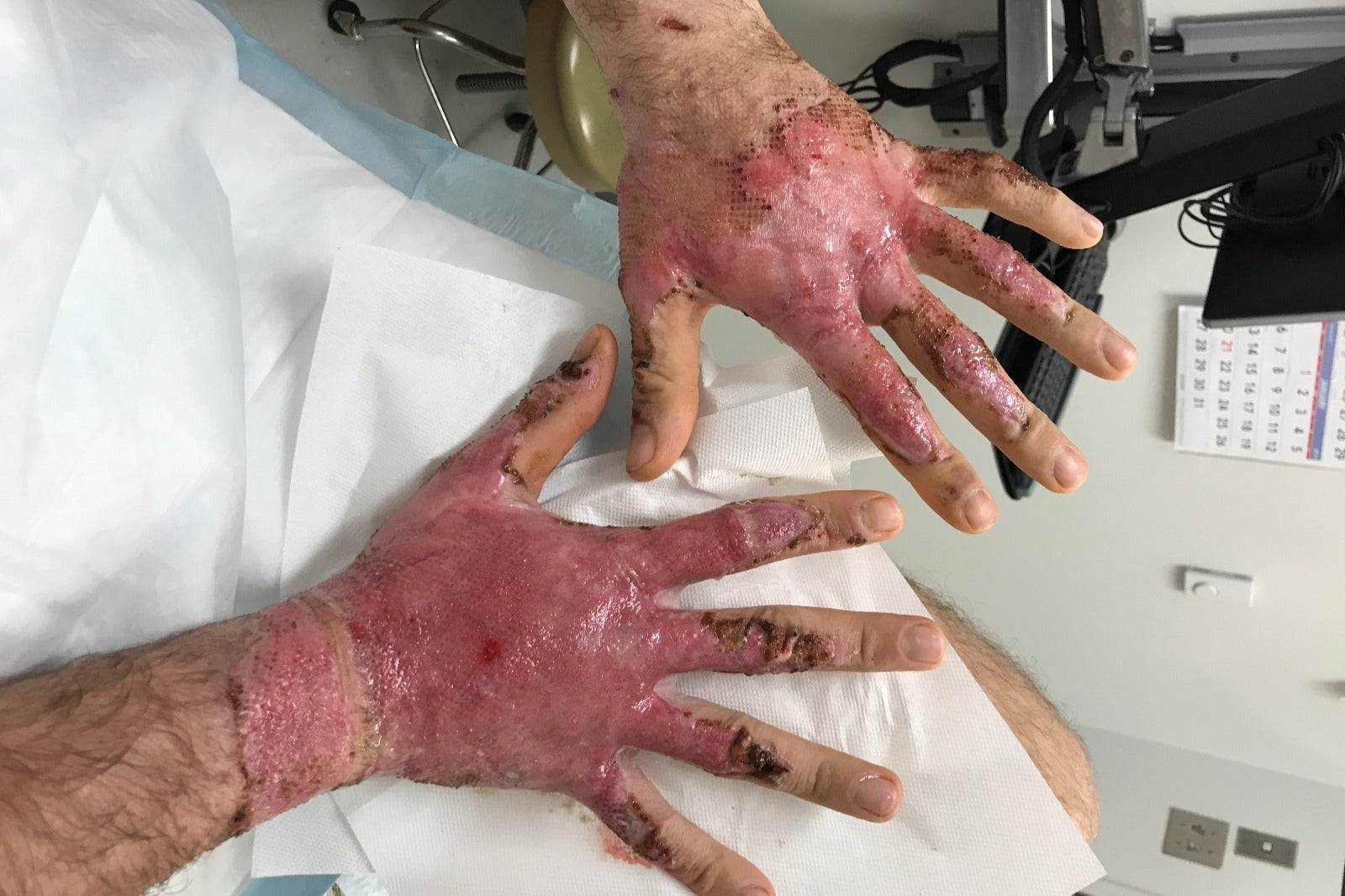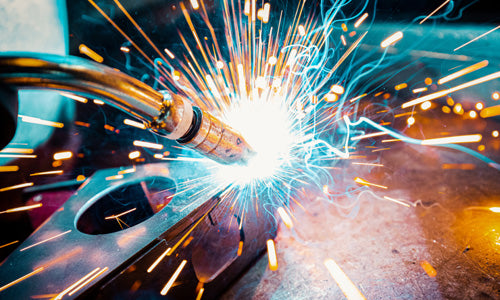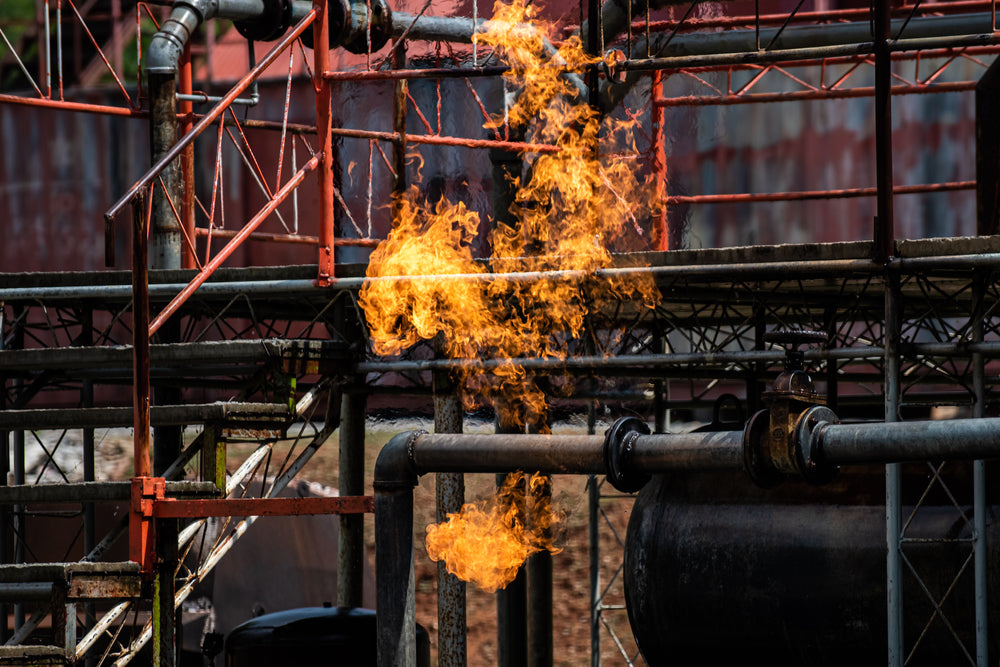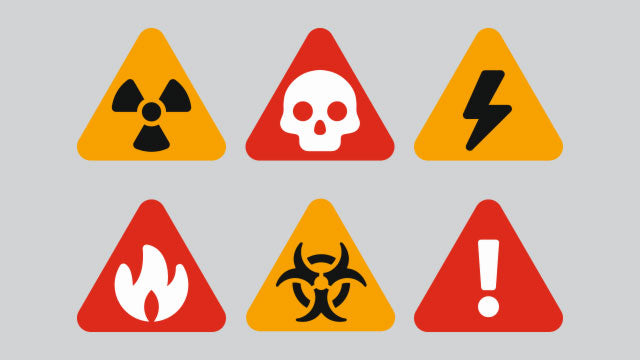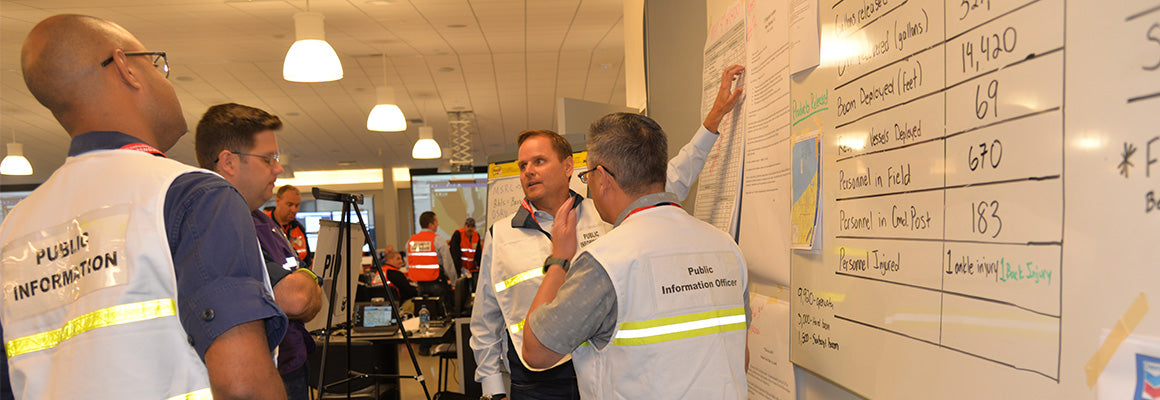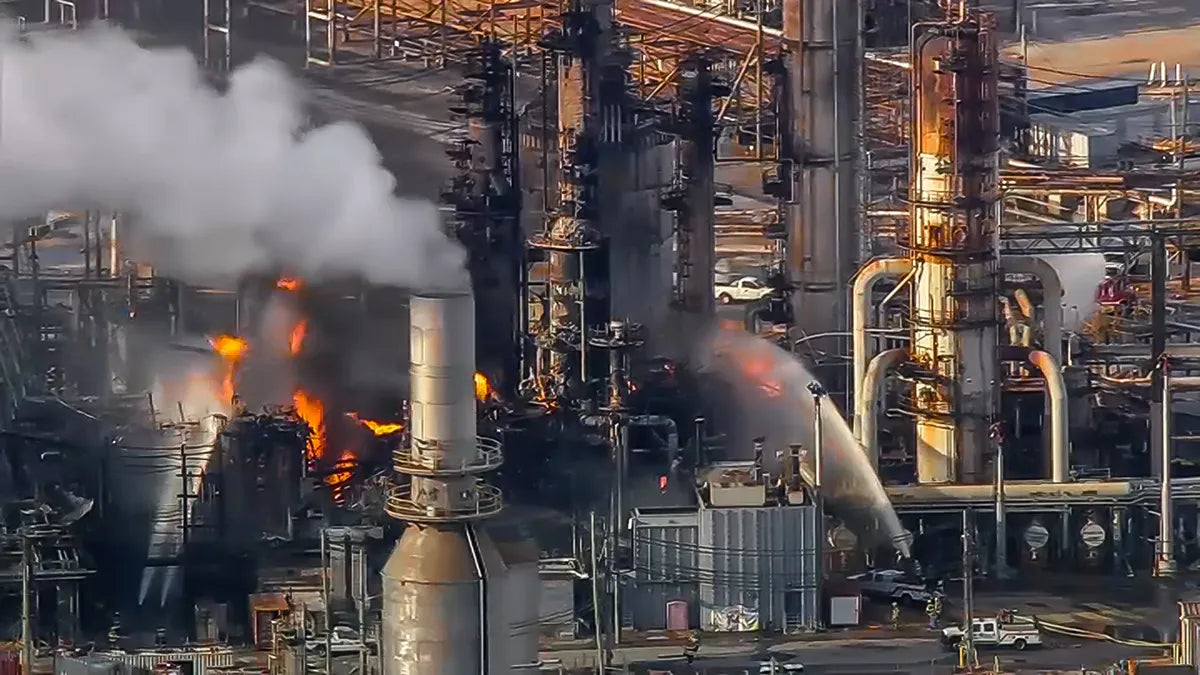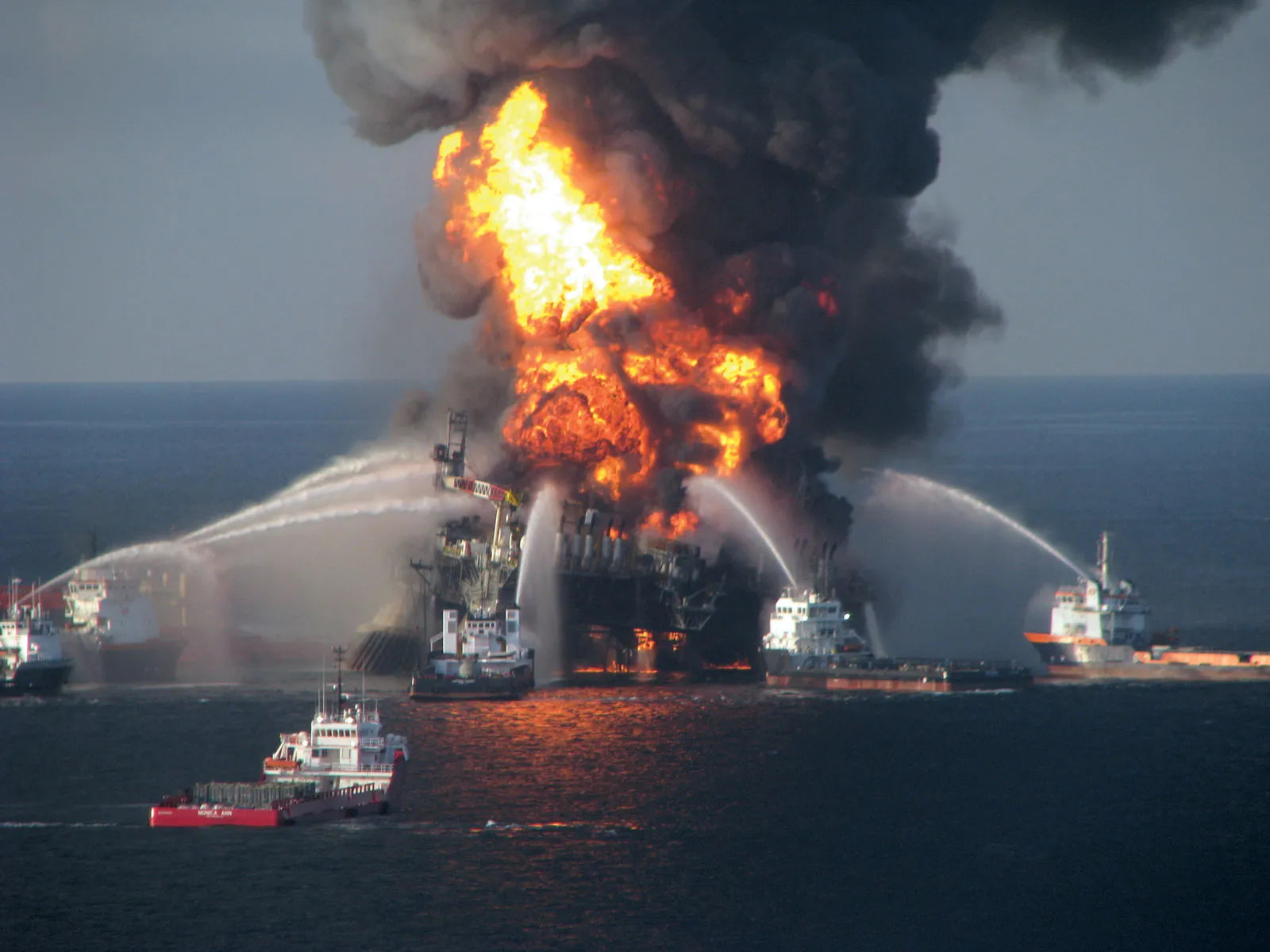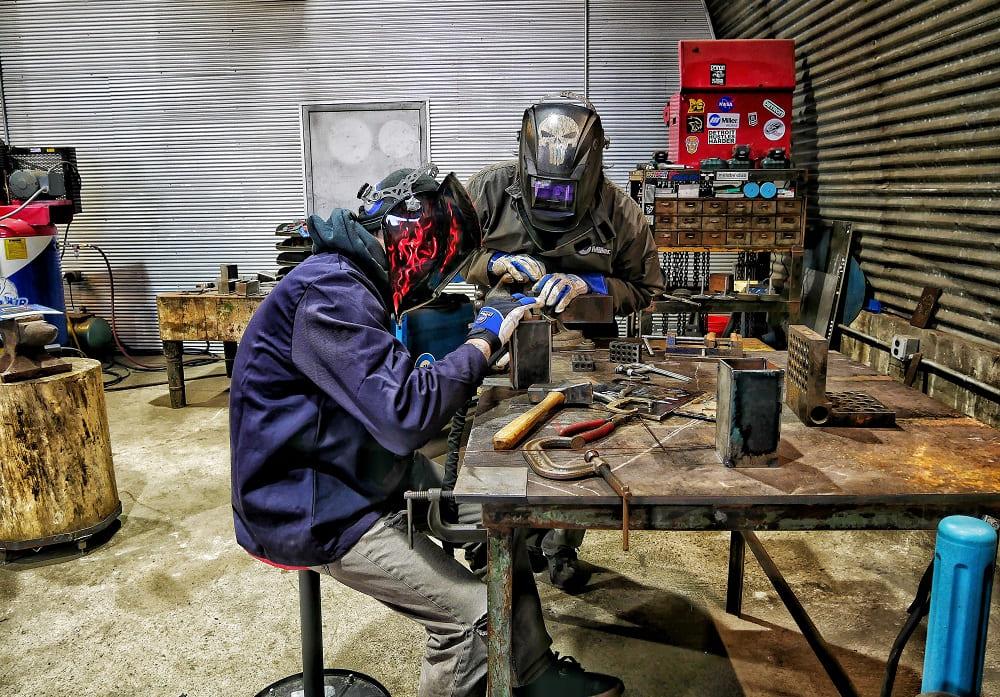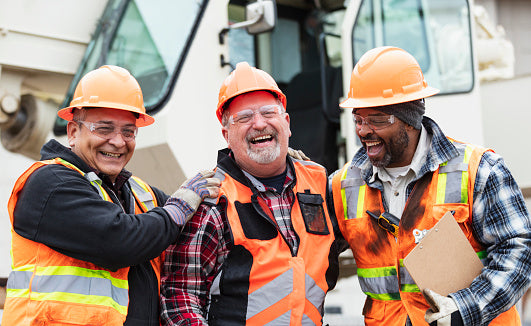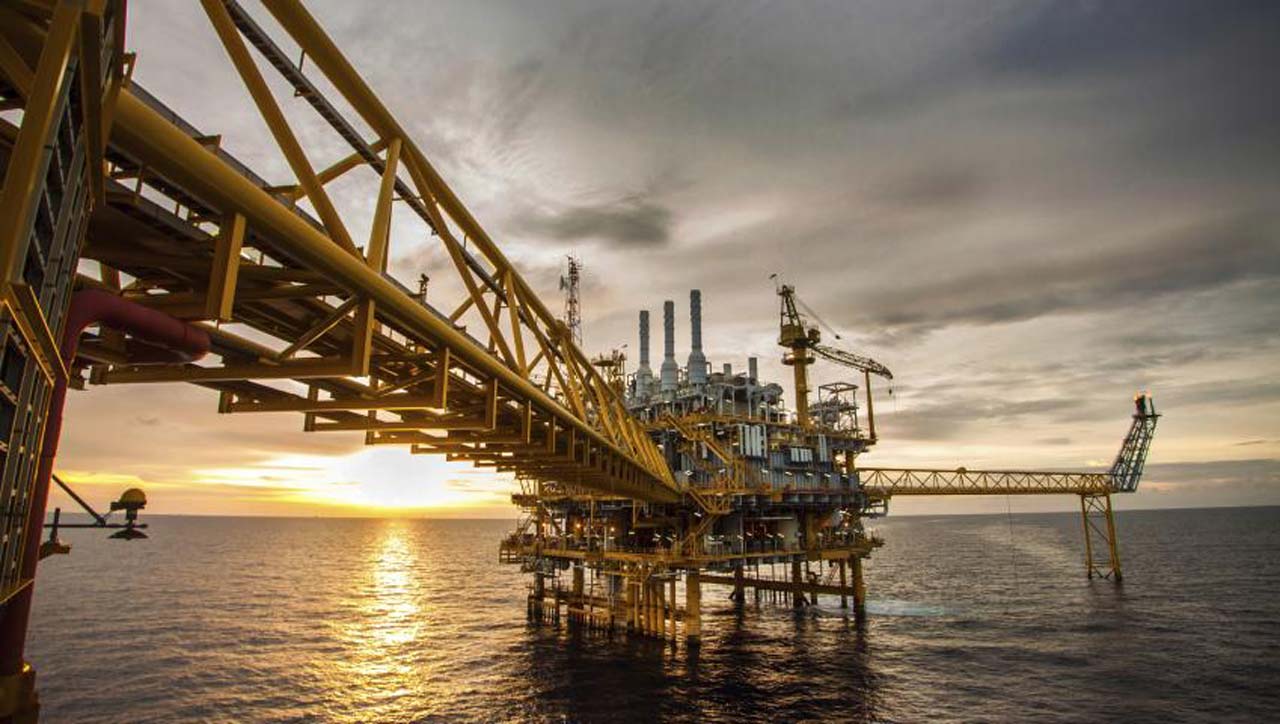

Choosing workwear wisely is a crucial decision that impacts not only individual comfort and safety but also workplace productivity and overall well-being. Here are some key reasons highlighting the importance of selecting workwear carefully:
-
Safety and Protection: The foremost reason to choose workwear wisely is to ensure the safety and protection of workers. Different industries pose various risks, including fire, chemicals, sharp objects, extreme temperatures, and more. Appropriate workwear, such as fire-resistant clothing, chemical-resistant suits, or protective gear, acts as a barrier between workers and potential hazards, significantly reducing the risk of accidents and injuries.
-
Compliance with Regulations: Many industries are subject to strict safety regulations and standards set by government agencies. Choosing the right workwear ensures compliance with these regulations, helping companies avoid fines, legal issues, and damage to their reputation. Non-compliance can have serious consequences, making it essential to select workwear that adheres to industry-specific guidelines.
-
Enhanced Productivity: Comfortable and well-fitted workwear can contribute to improved productivity. Ill-fitting or uncomfortable clothing can distract workers, cause discomfort, and lead to reduced focus on tasks. On the other hand, workwear designed with ergonomic considerations can promote better mobility and ease of movement, allowing workers to perform their duties efficiently.
-
Health and Well-Being: The right workwear can positively impact workers' physical and mental health. In extreme conditions, such as extreme cold or heat, appropriate clothing helps prevent temperature-related illnesses like hypothermia or heatstroke. Moreover, comfortable and durable workwear can reduce the risk of musculoskeletal issues caused by improper gear.
-
Professional Image: Workwear often serves as a representation of a company's professionalism and branding. Well-designed and branded workwear can create a positive impression on clients, partners, and customers. It reinforces the company's commitment to safety and professionalism, which can be a competitive advantage.
-
Durability and Longevity: High-quality workwear is designed to withstand the demands of the job. While initially more expensive, durable workwear can save money in the long run as it requires fewer replacements. It ensures that employees are consistently protected, reducing the likelihood of accidents caused by damaged or worn-out gear.
-
Employee Morale and Satisfaction: Providing employees with comfortable, well-fitting workwear demonstrates an employer's commitment to their well-being. This can boost morale and job satisfaction, leading to increased loyalty and productivity among workers. Employees are more likely to perform at their best when they feel their safety and comfort are valued.
-
Adaptability and Versatility: In some industries, work environments can change rapidly. Choosing versatile workwear that can adapt to various conditions or job tasks can save time and resources. Multi-functional workwear can reduce the need for multiple sets of specialized clothing.
Selecting workwear wisely is not just about attire; it's a critical aspect of workplace safety, compliance, and overall well-being. It impacts employee health, productivity, and the professional image of the company. Investing in appropriate and durable workwear is an investment in the safety, efficiency, and success of both employees and the organization as a whole.
In the world of hazardous workplaces, safety is paramount. Workers in industries like oil and gas, welding, and firefighting face a constant risk of fire-related incidents. To mitigate this risk, the choice of clothing can be a matter of life or death. In this article, we'll explore the key differences between fire-resistant (FR) clothing and standard workwear, with a focus on the safety advantages offered by Nexon.
Understanding Fire-Resistant (FR) Clothing: Fire-resistant clothing is specifically designed to provide protection against flames, heat, and other fire-related hazards. These garments are constructed using specialized fabrics and materials that are engineered to resist ignition, minimize burn injuries, and self-extinguish when the source of heat is removed. Nexon clothing, in particular, is known for its commitment to safety and innovation.
Key Differences:
-
Resistance to Ignition:
- FR Clothing: Nexon gear is engineered to resist ignition when exposed to flames or high heat. This property significantly reduces the risk of clothing catching fire, which can be a life-saving feature in high-risk environments.
- Non-FR Clothing: Standard workwear lacks the specialized materials and treatments necessary to resist ignition. When exposed to flames or extreme heat, non-FR clothing can ignite quickly, posing a severe risk to the wearer.
-
Protection and Insulation:
- FR Clothing: Nexon garments provide an additional layer of protection by insulating the wearer from the intense heat of flames. This insulation minimizes the risk of burn injuries, allowing workers more time to escape dangerous situations.
- Non-FR Clothing: Regular workwear offers little to no insulation against heat. When exposed to flames, standard clothing can quickly heat up, causing severe burns and increasing the risk of injury.
-
Self-Extinguishing Properties:
- FR Clothing: One of the remarkable features of Nexon clothing is its self-extinguishing property. When the source of heat is removed, these garments cease to burn, reducing the risk of ongoing fire and further injuries.
- Non-FR Clothing: Non-FR clothing does not have self-extinguishing properties. Once ignited, standard clothing can continue to burn even after the source of heat is removed, causing more significant harm.
-
Compliance with Safety Standards:
- FR Clothing: Nexon gear is designed and manufactured to meet or exceed industry safety standards and regulations. This ensures that wearers are equipped with clothing that adheres to strict safety guidelines.
- Non-FR Clothing: Standard workwear often does not meet the safety requirements necessary for high-risk environments. Wearing non-FR clothing in such settings can lead to non-compliance with safety regulations and put workers at risk.
In the pursuit of workplace safety, the choice between fire-resistant (FR) clothing and standard workwear is a critical one. Nexon clothing stands out for its dedication to providing superior protection against fire-related hazards. When comparing FR clothing to non-FR clothing, the safety advantages offered by Nexon gear become evident. The resistance to ignition, insulation, self-extinguishing properties, and compliance with safety standards make Nexon clothing an indispensable choice for those working in industries where fire risks are a constant concern. In these challenging environments, Nexon clothing isn't just workwear; it's a lifeline.
